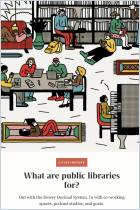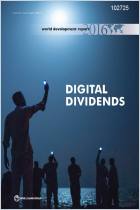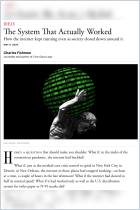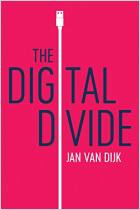When the pandemic struck, the world moved online. This switch left many people behind and particularly hurt those who lack internet access, most notably the poor. Now, as pandemic rules relax, libraries are seeking to close the digital divide and offer more people the lifeline of online connection. Writing in The Atlantic, Deborah Fallows reveals the changing role of libraries amid technological change. She includes interactive maps exploring connections between neighborhood income levels and computer usage that illuminate libraries’ vital contribution to their communities.
Libraries offer computers and broadband internet connections to their customers based on community needs.
The 22 branches of the Columbus Metropolitan Library system (CML) in Columbus, Ohio take a proactive role in providing for customers’ digital needs. The library system undertook this outreach before the coronavirus and stuck to it throughout the pandemic. Now, it is looking to the future.
Its Hilltop branch serves a densely built urban community with large pockets of poverty. Since the 1970s, various waves of immigrants settled in the area, first from Vietnam, then from Mexico, Central and South America, and most recently, from Somalia. Before COVID-19, the library – which acts as a community hub – typically served 1,000 people daily. Patrons came in to read the news, check out movies and books, use the computers or attend special events. Many students got help with their homework or joined summer programs.
Hilltop serves as a central meeting place for community services...

























Comment on this summary